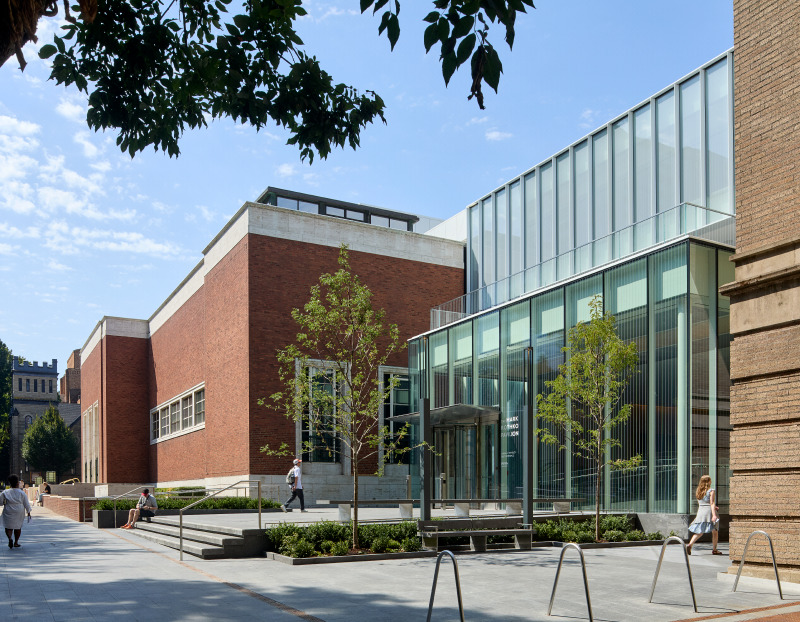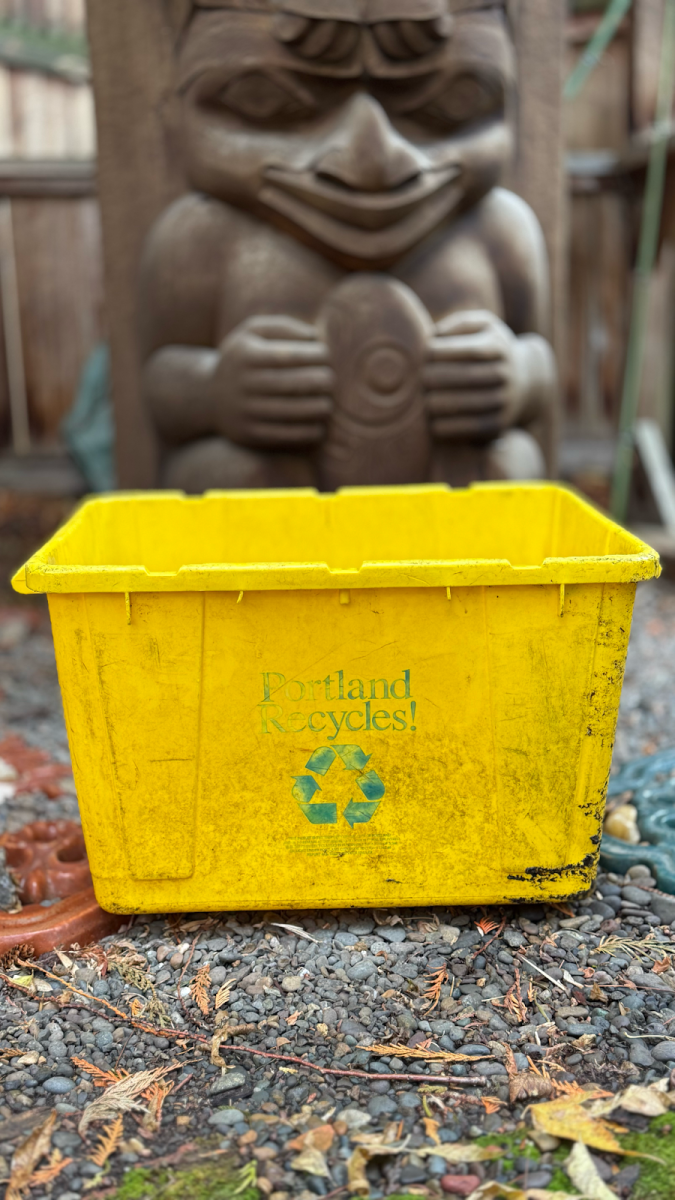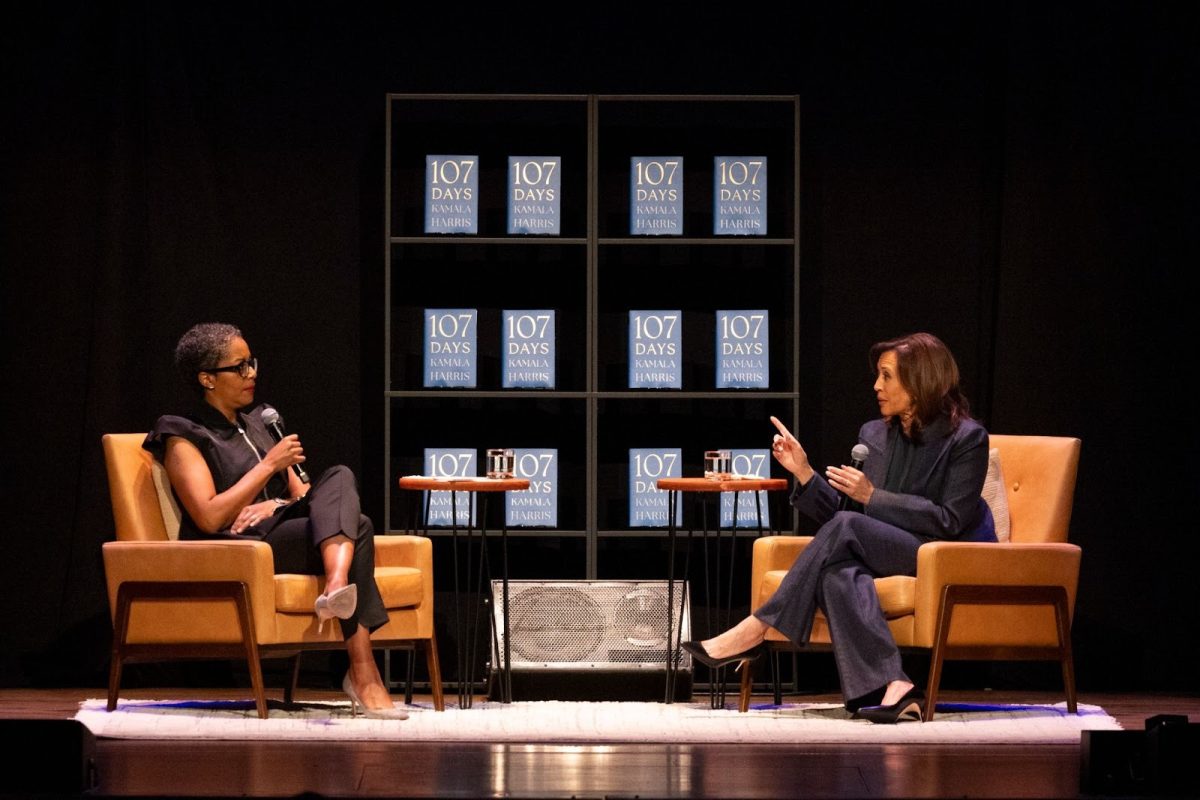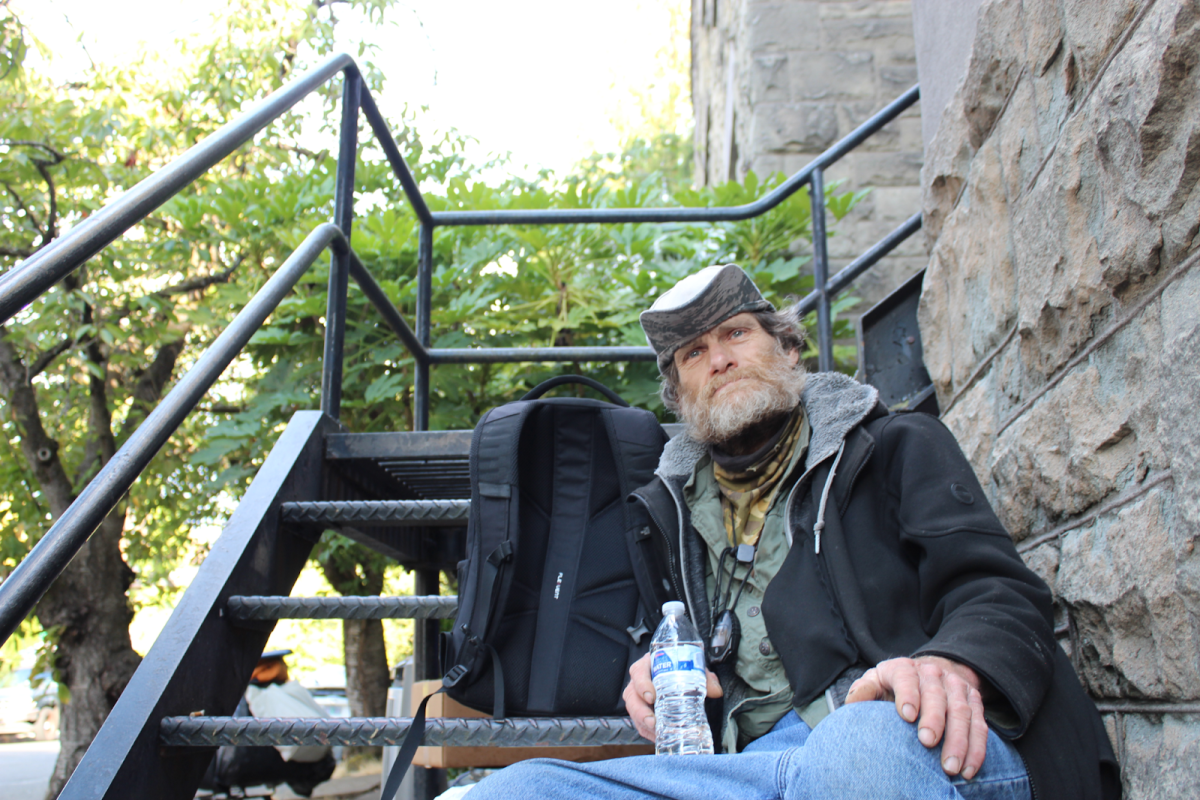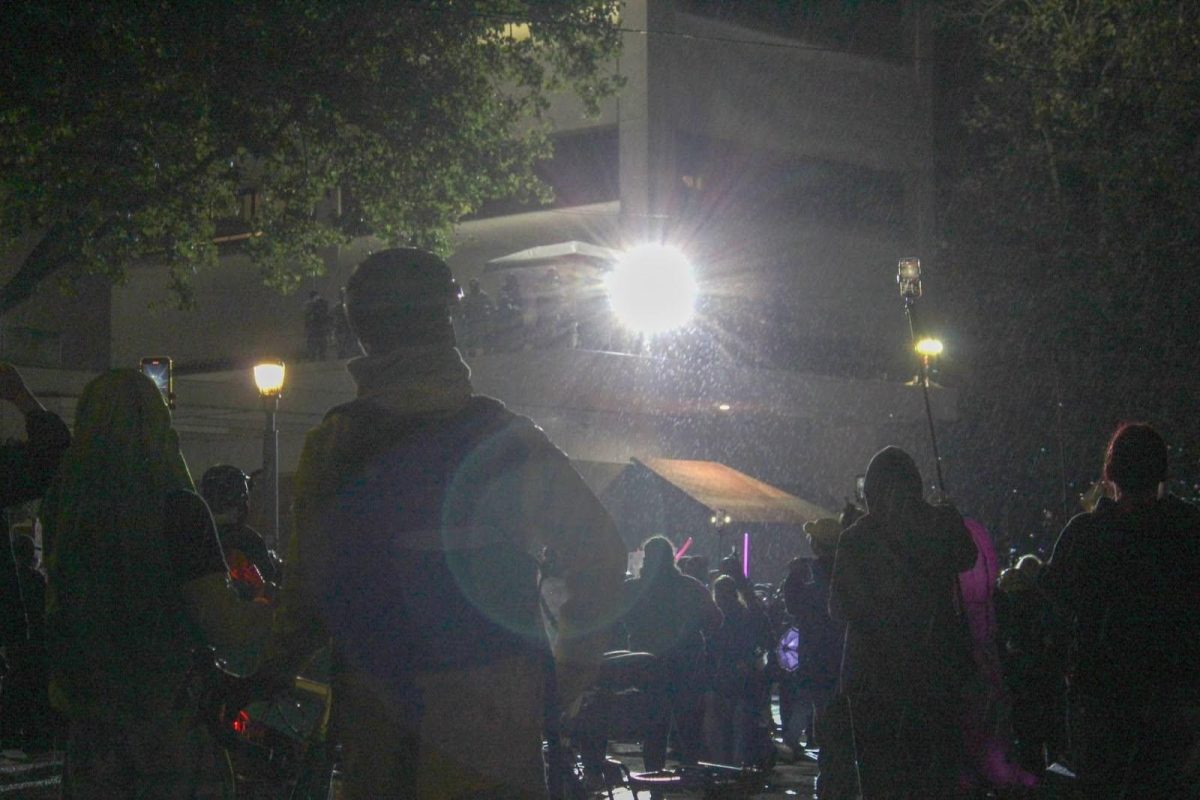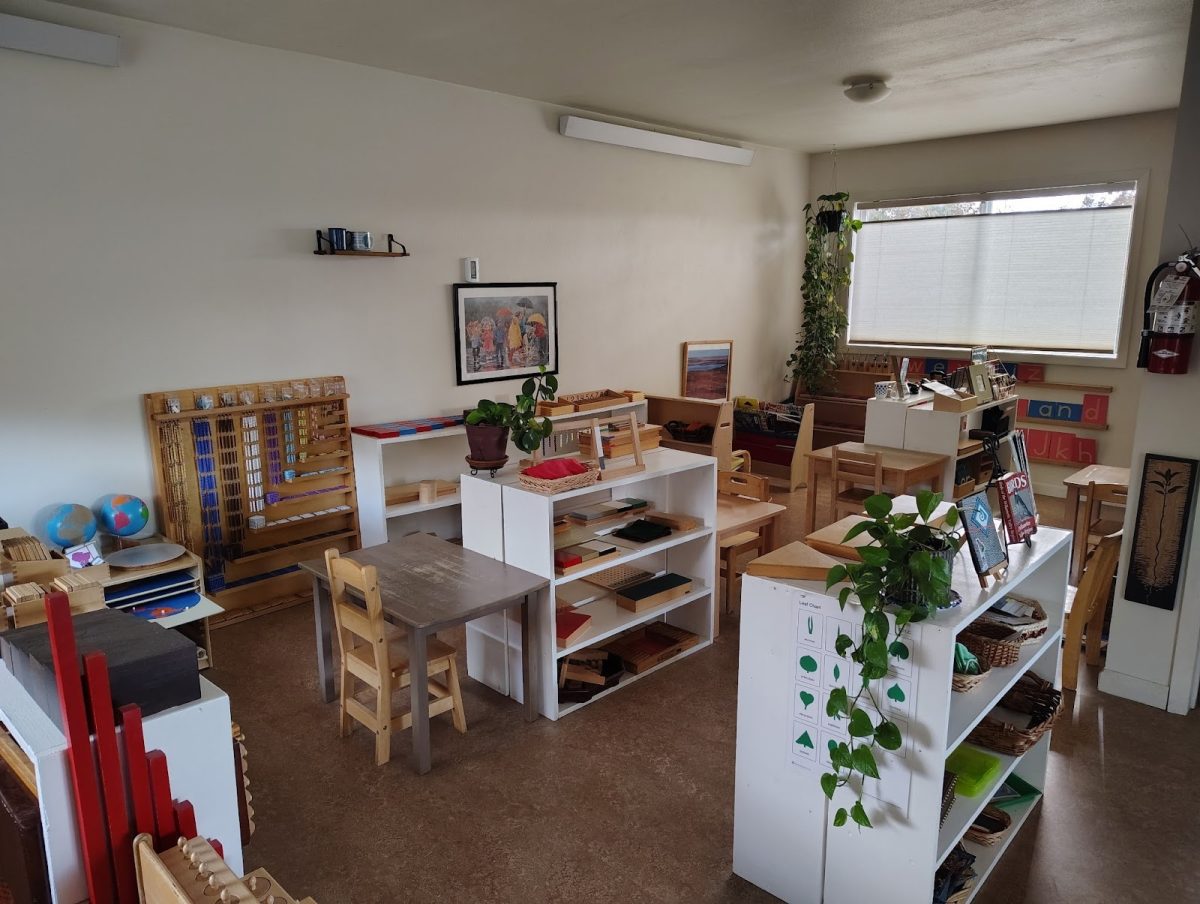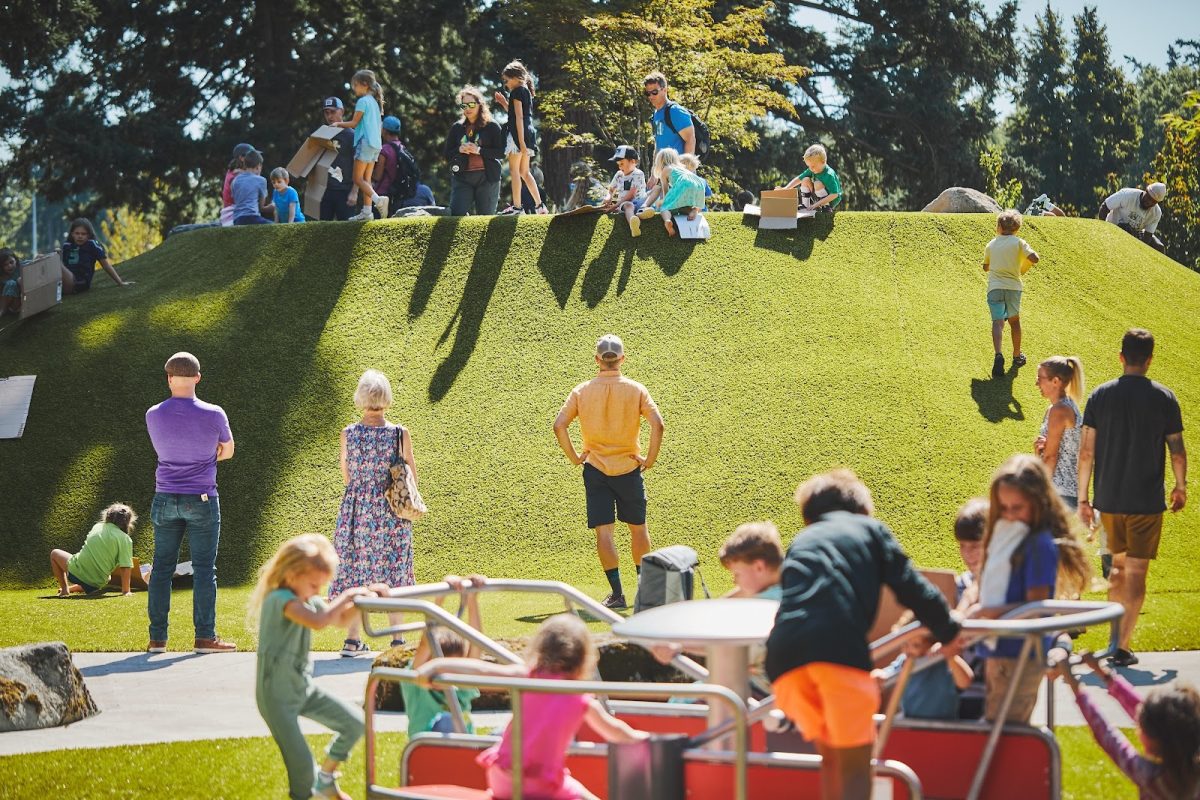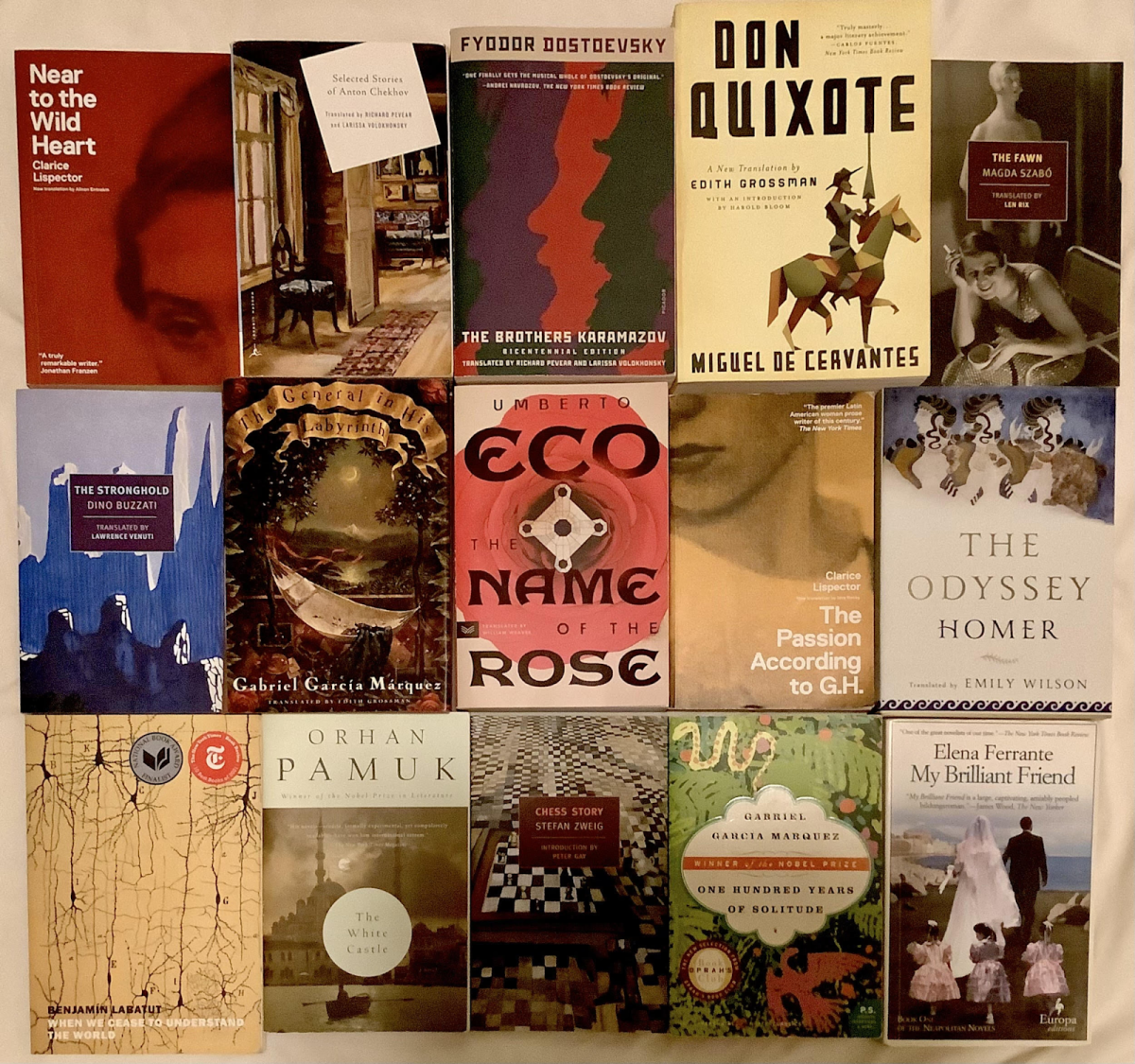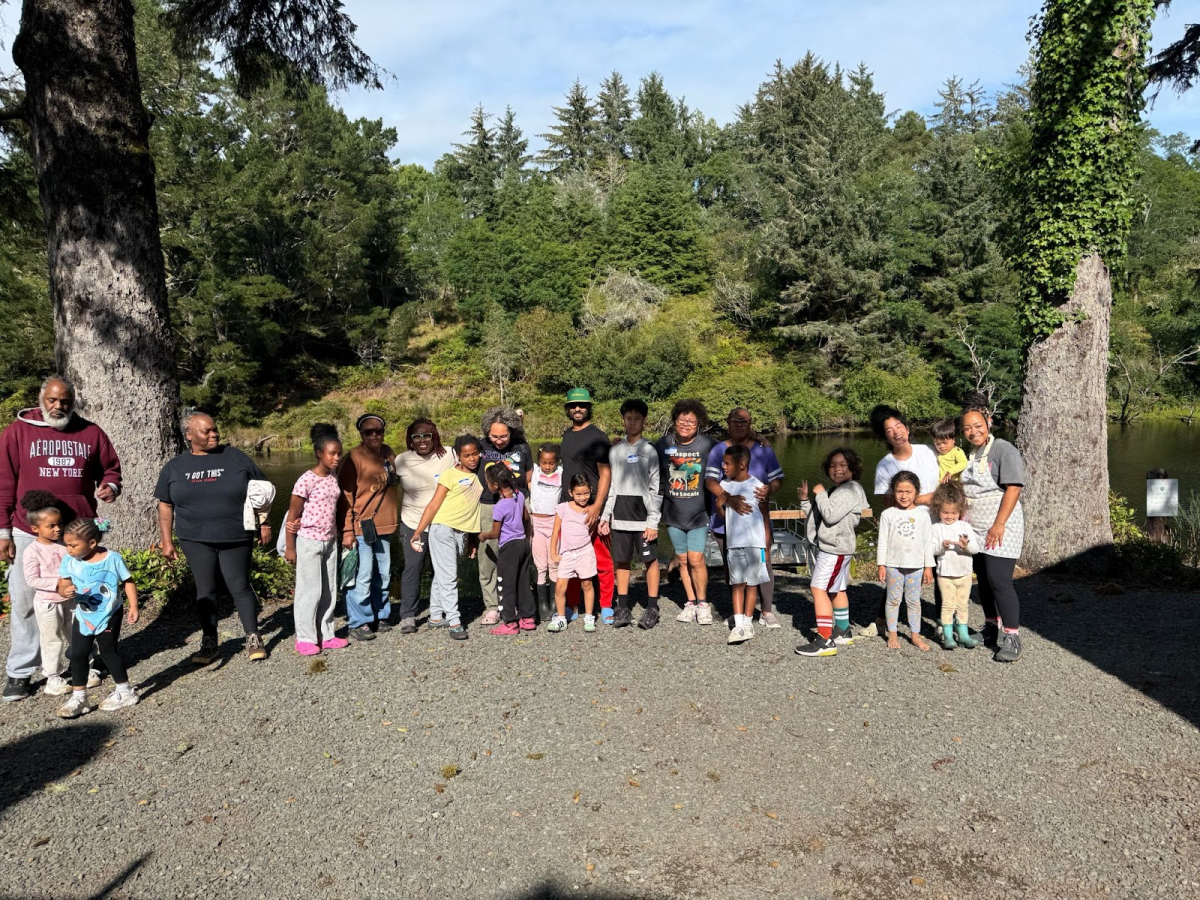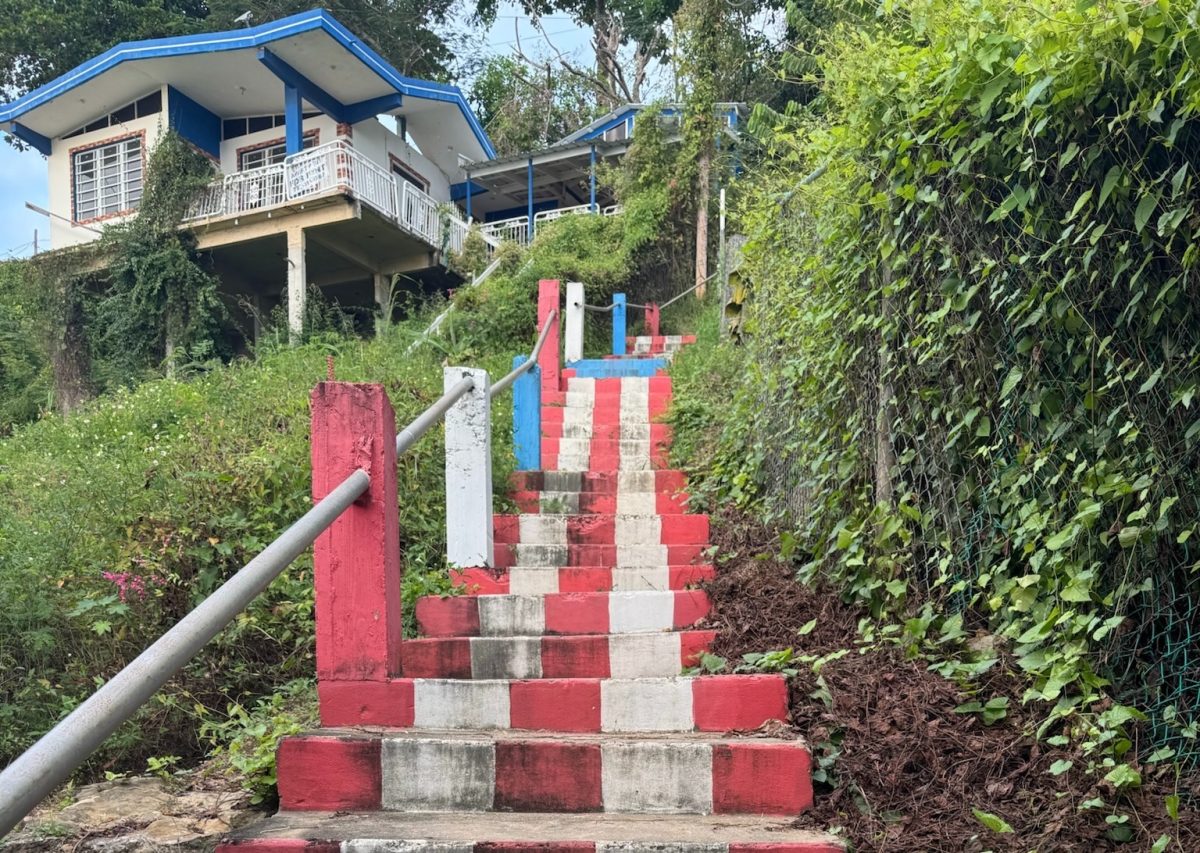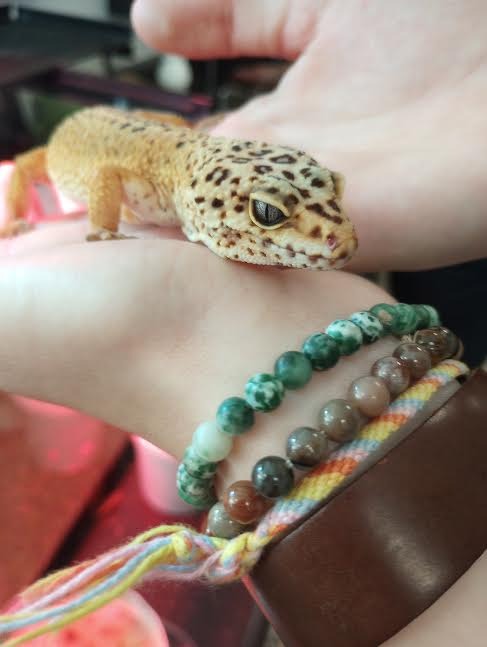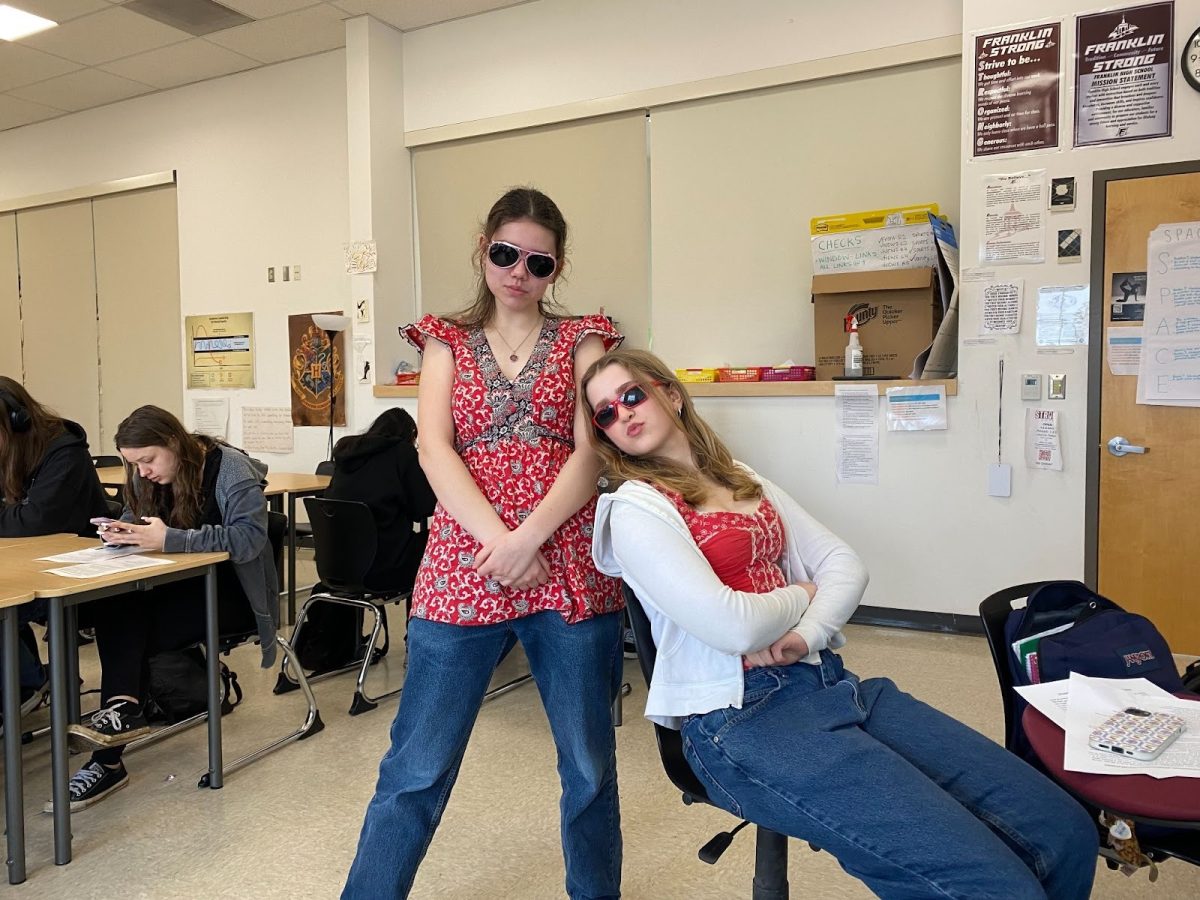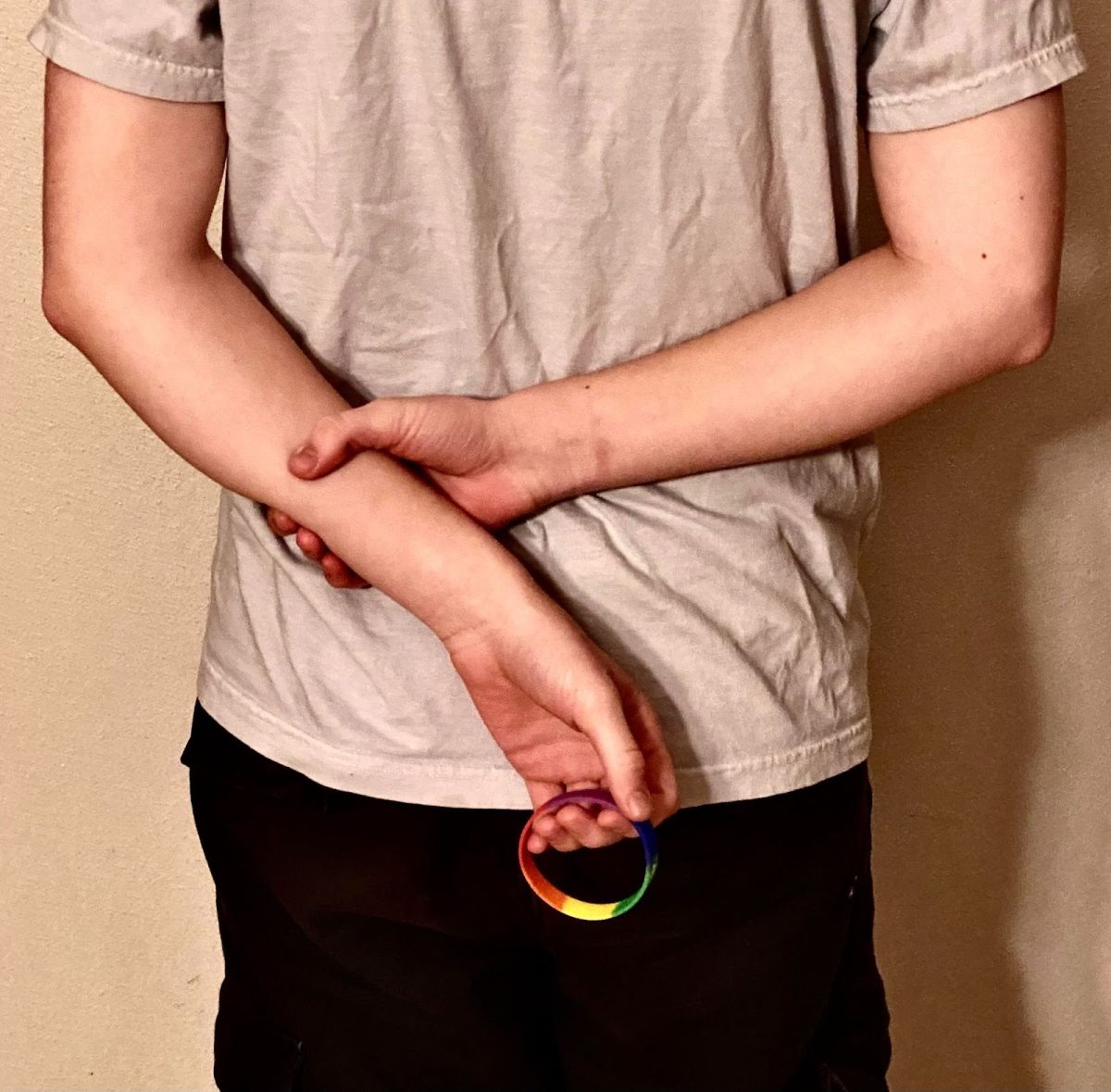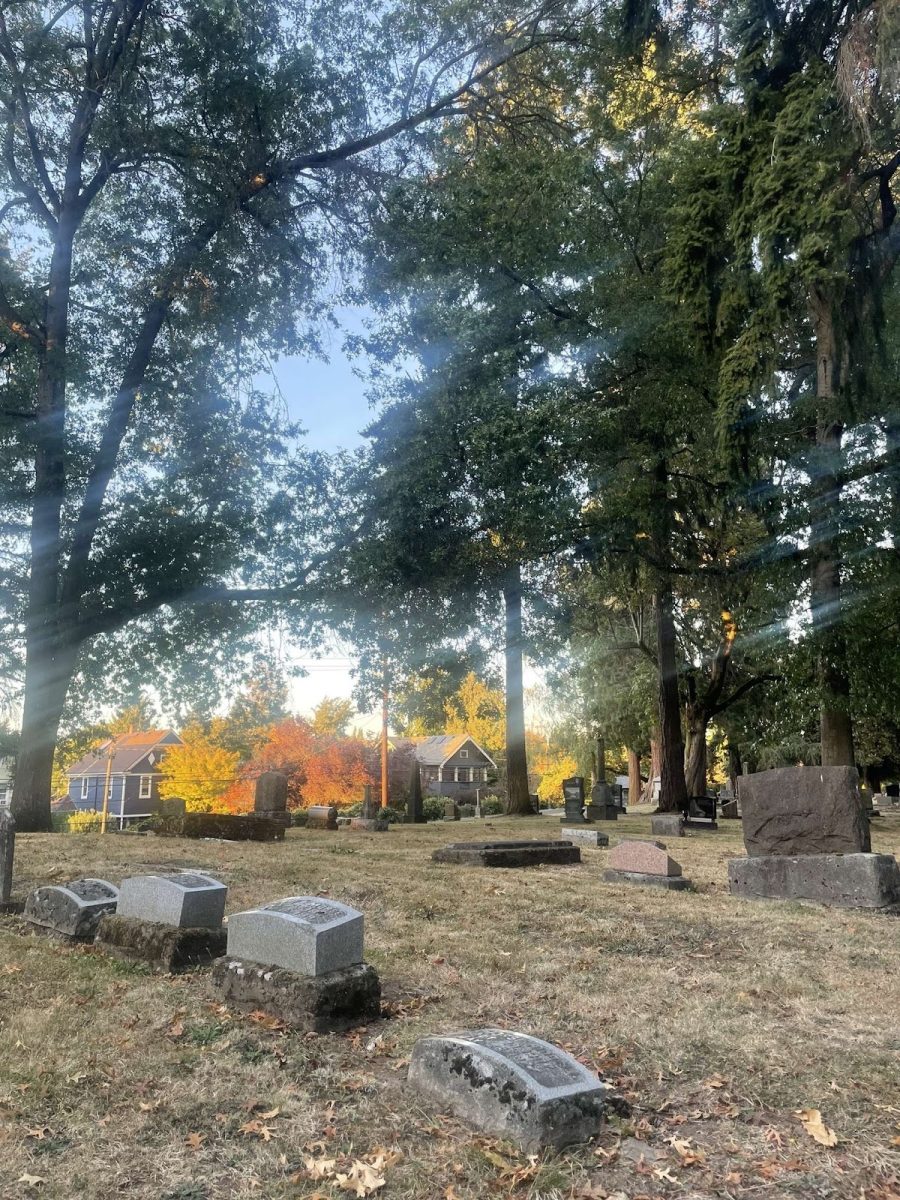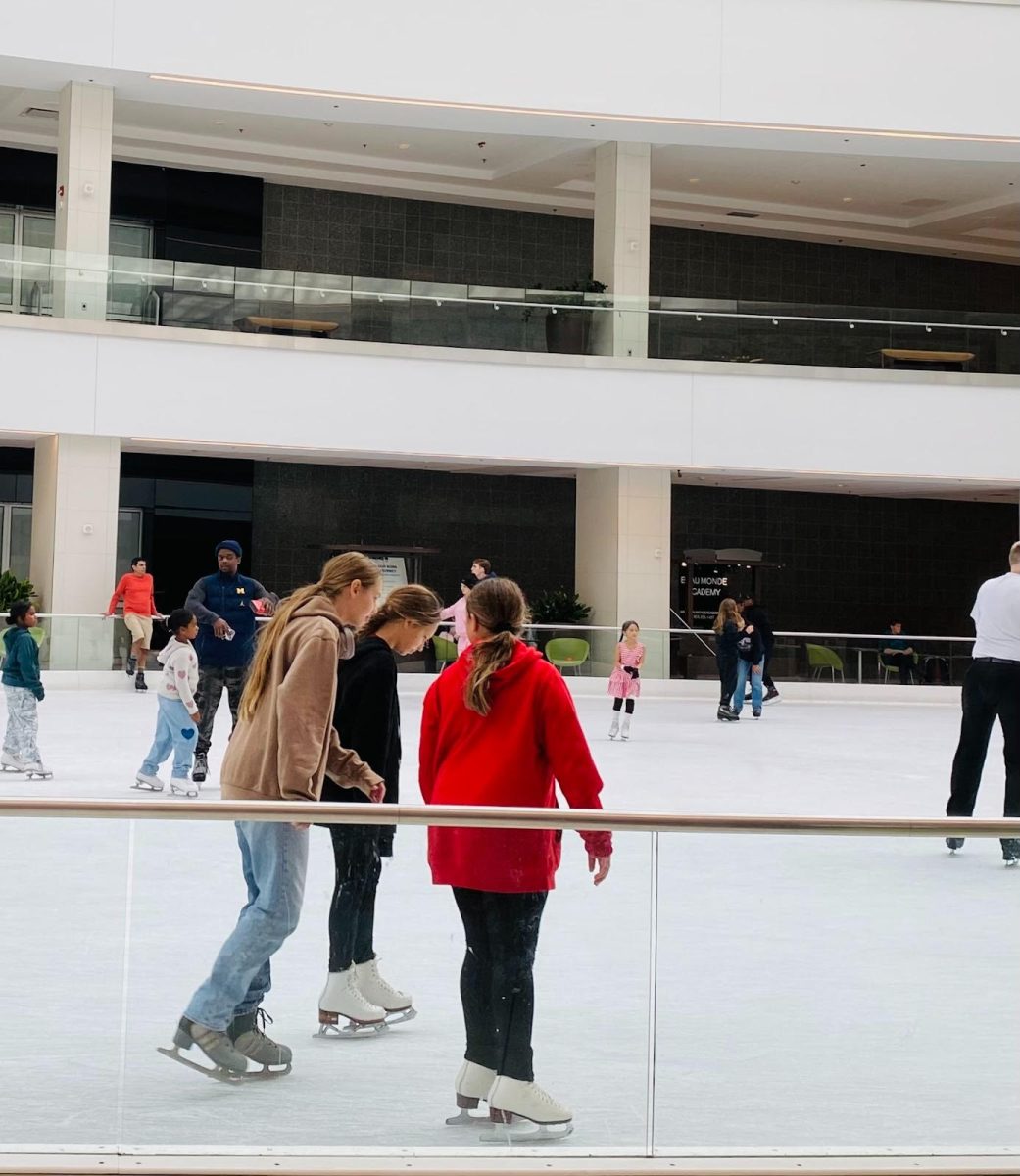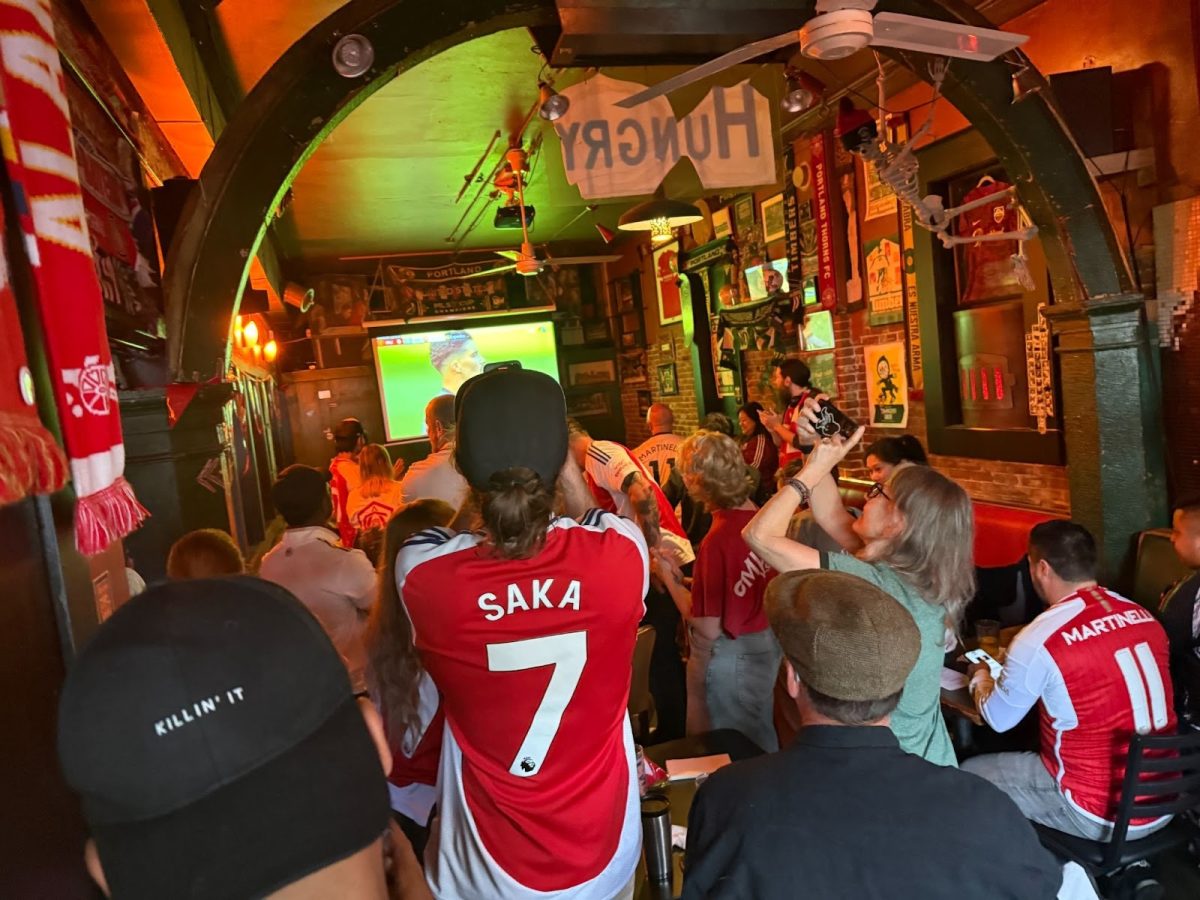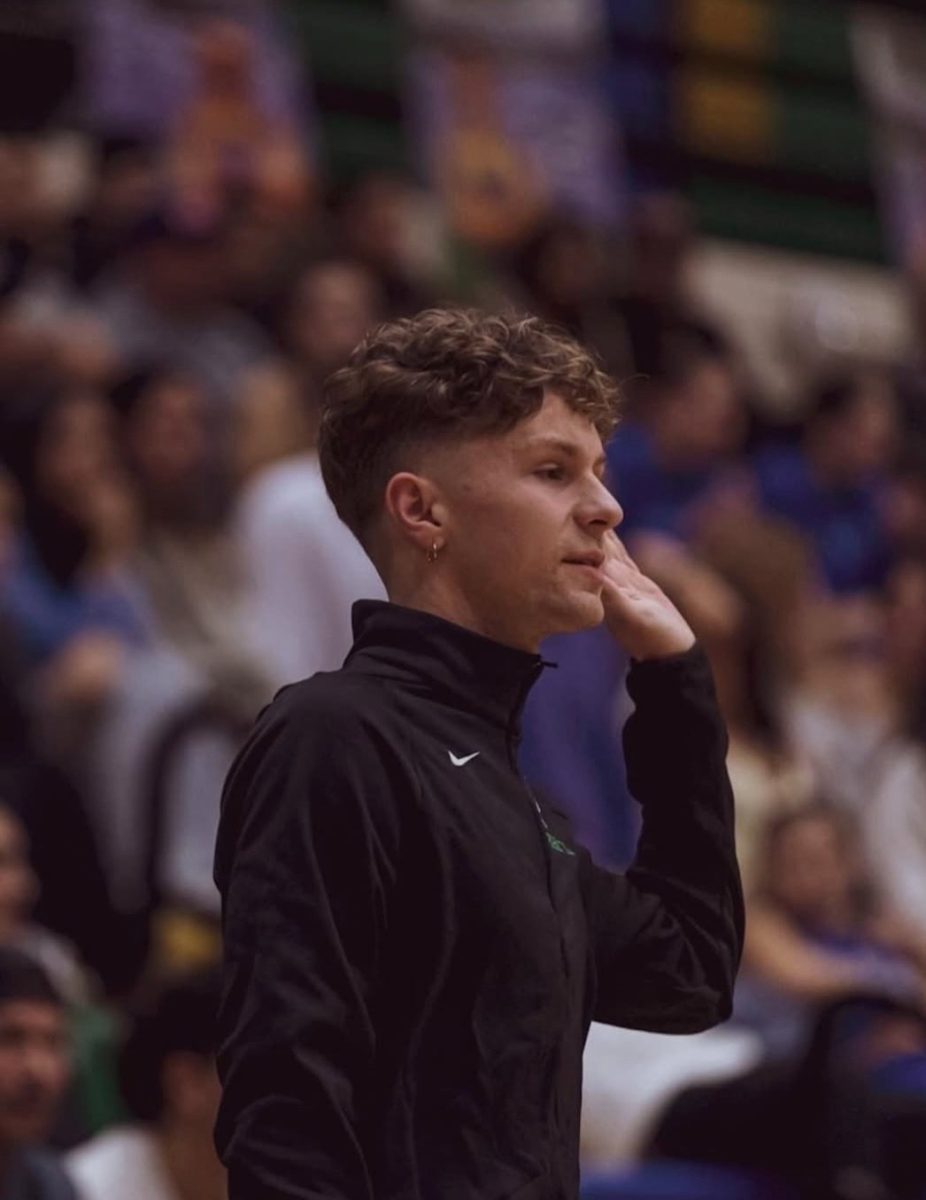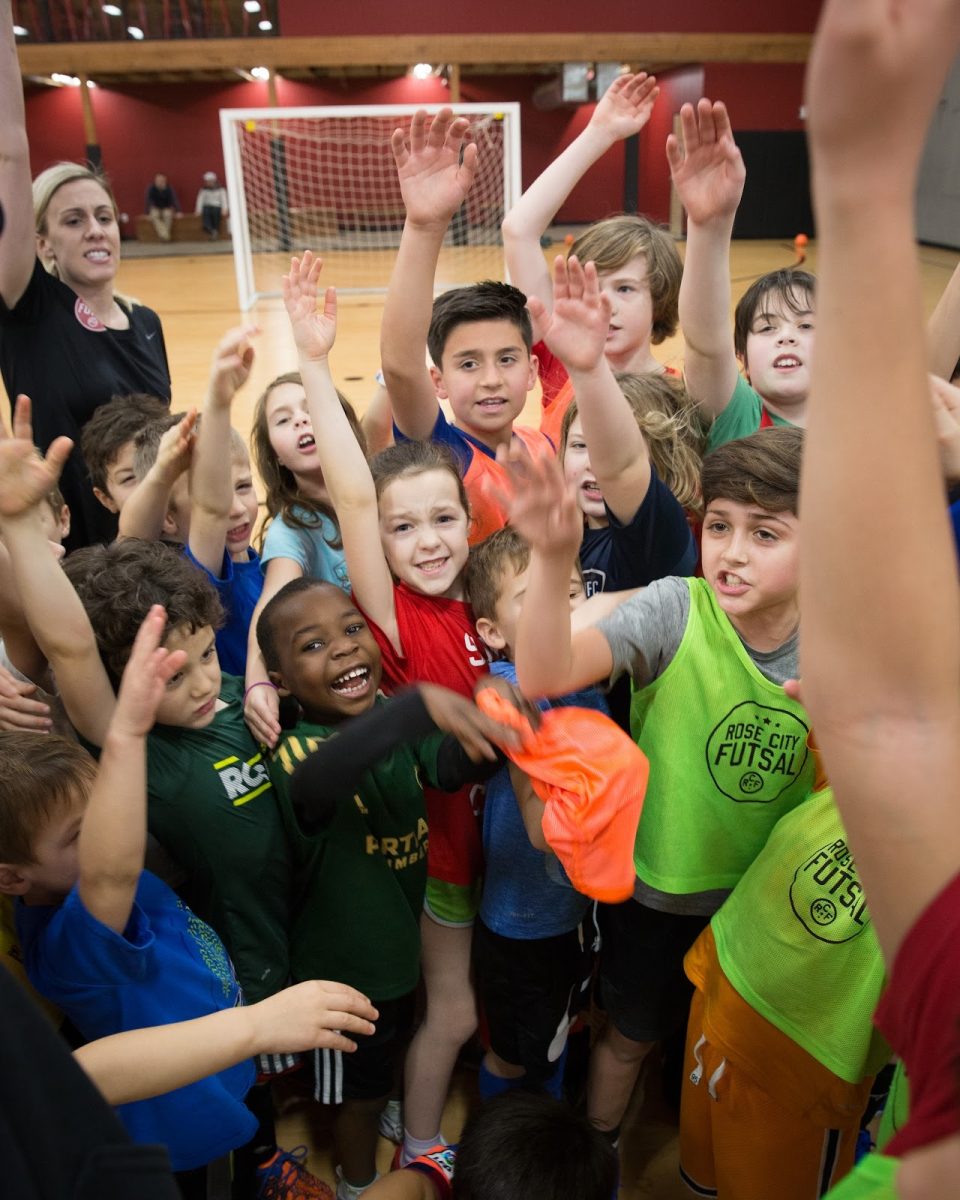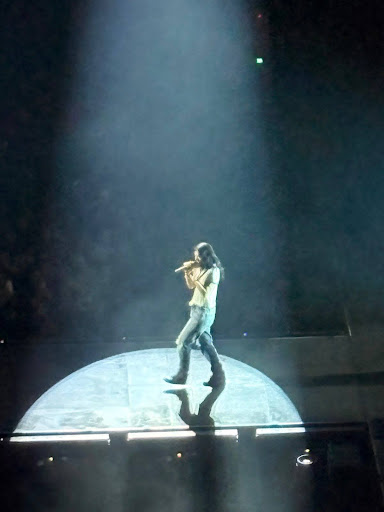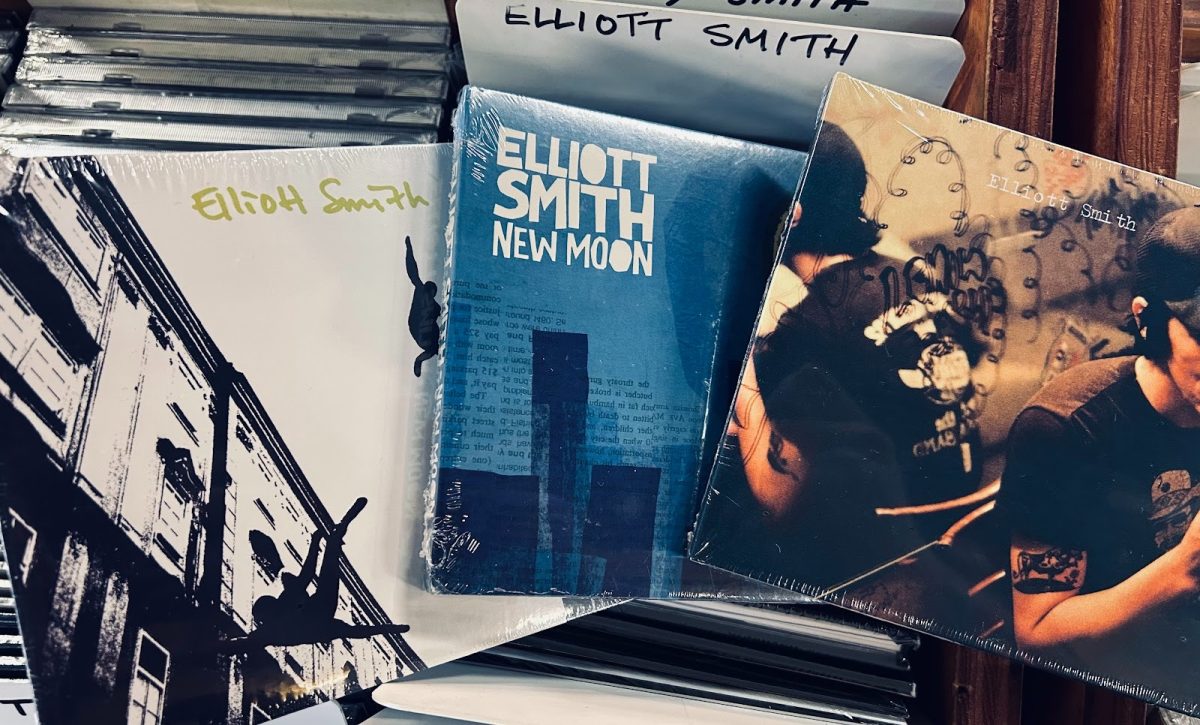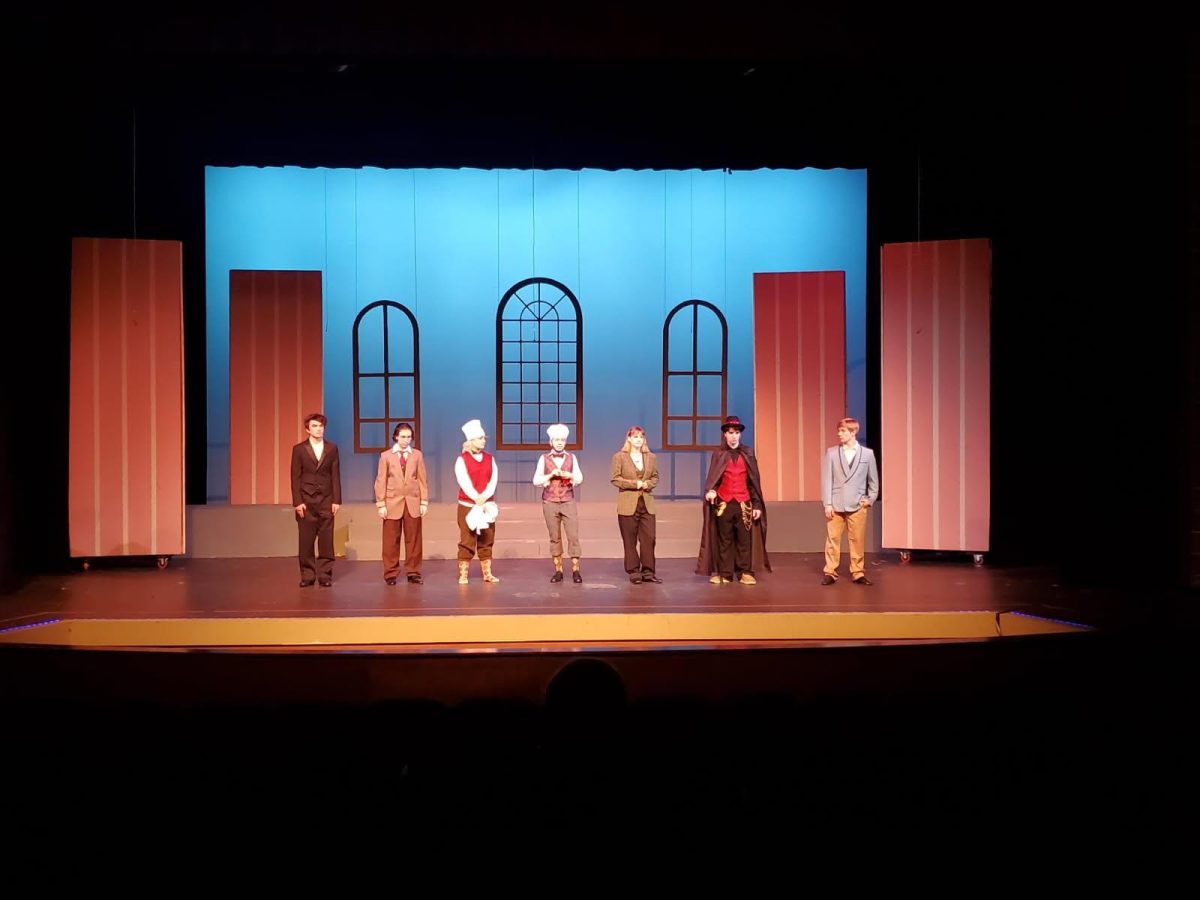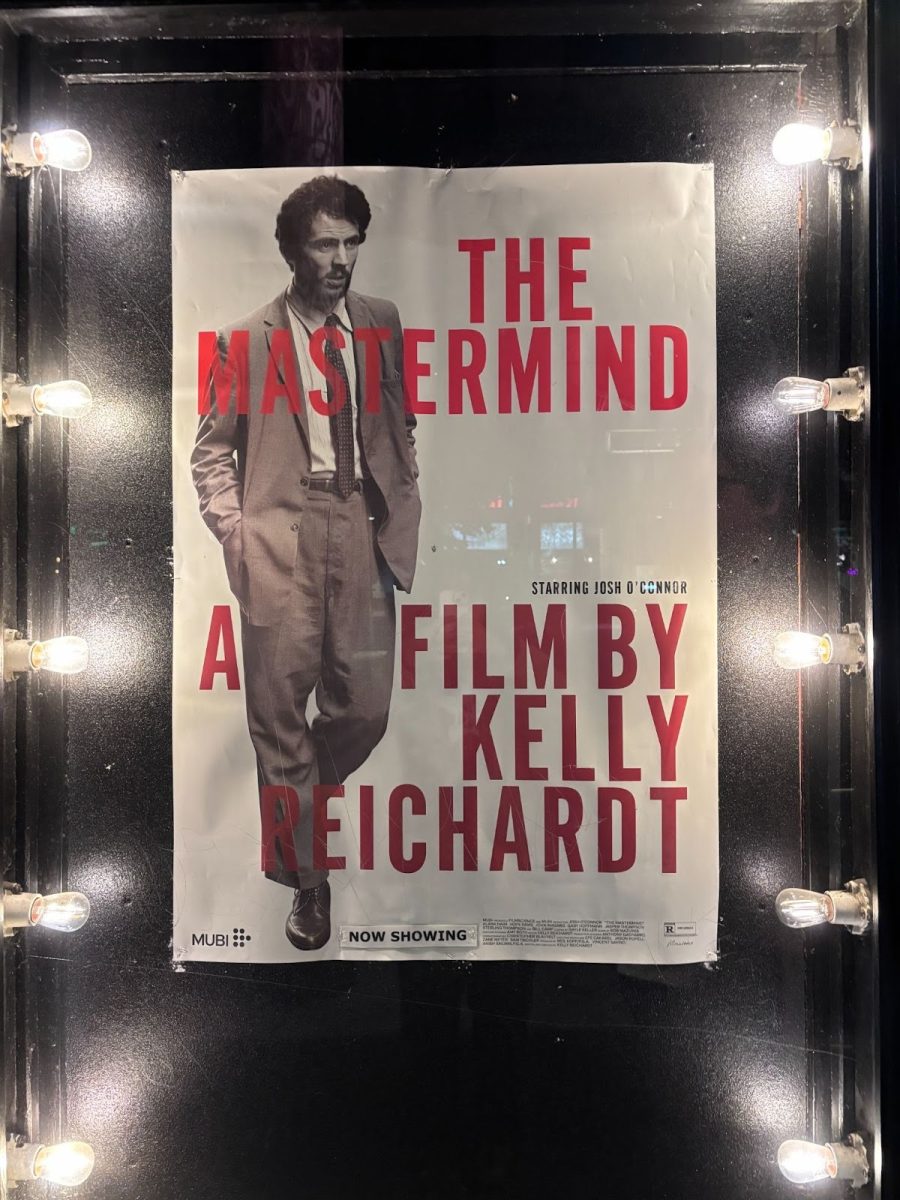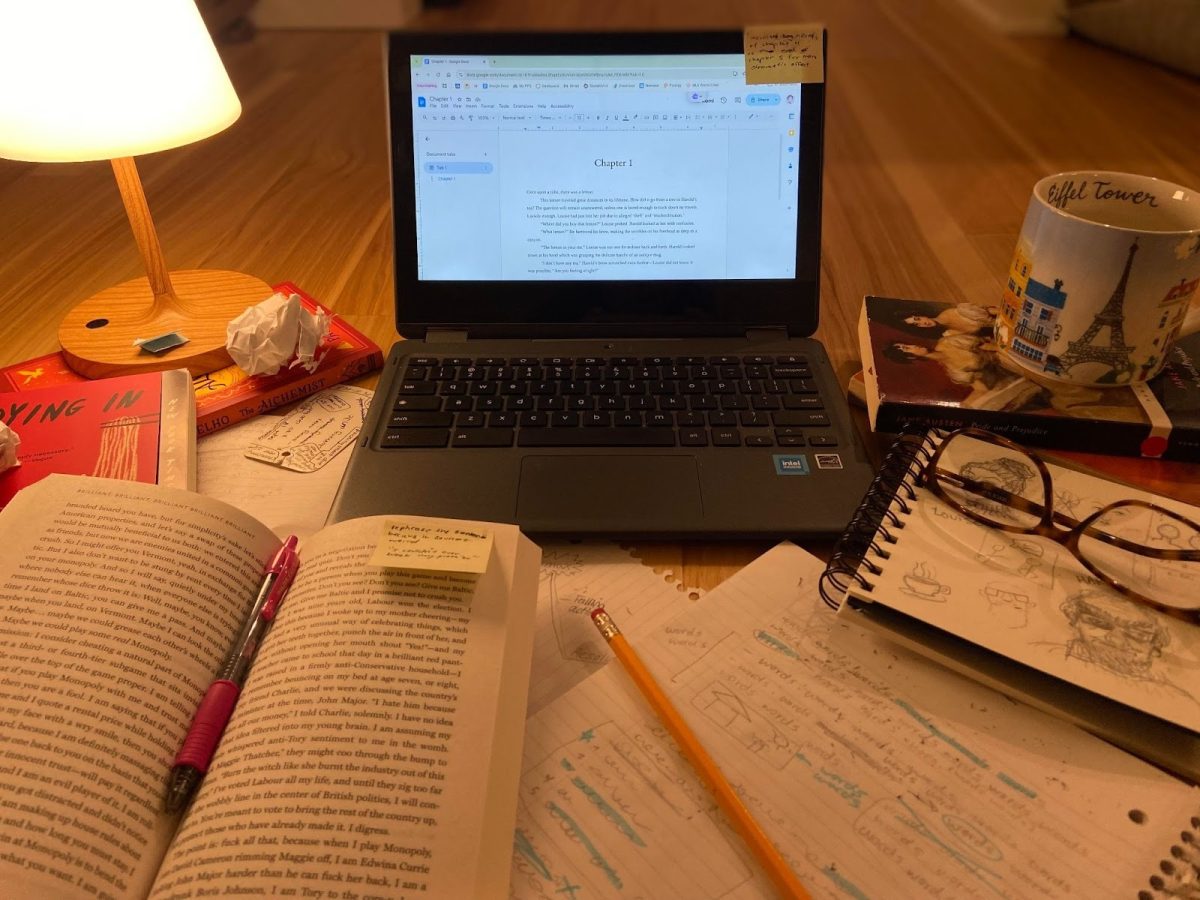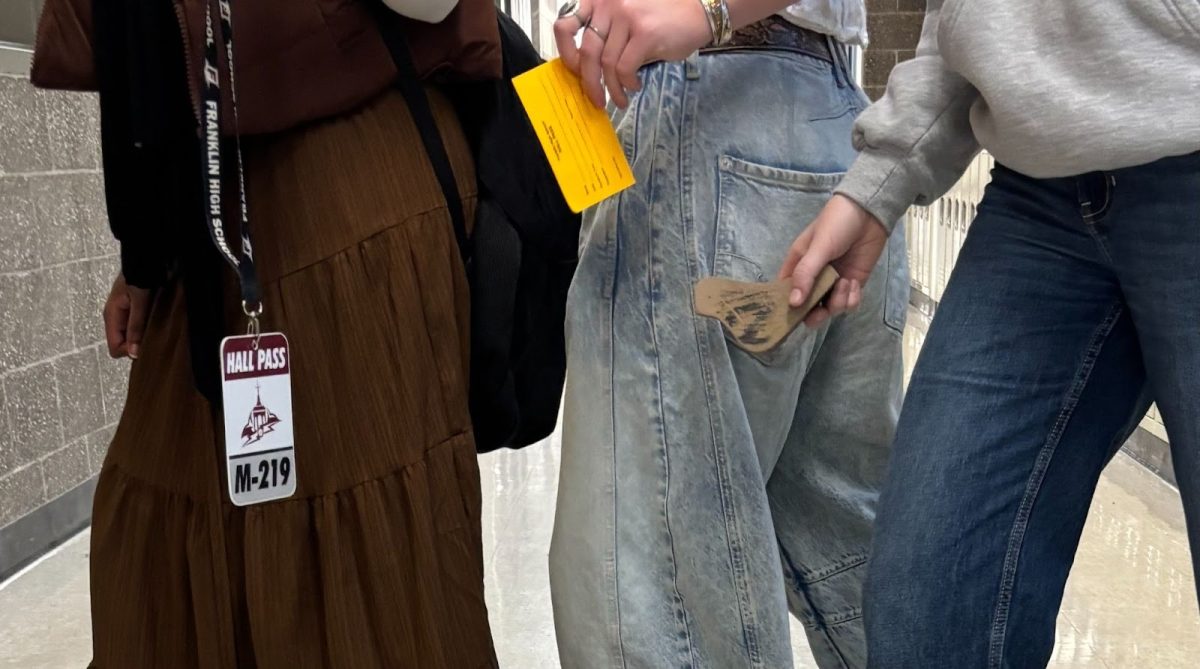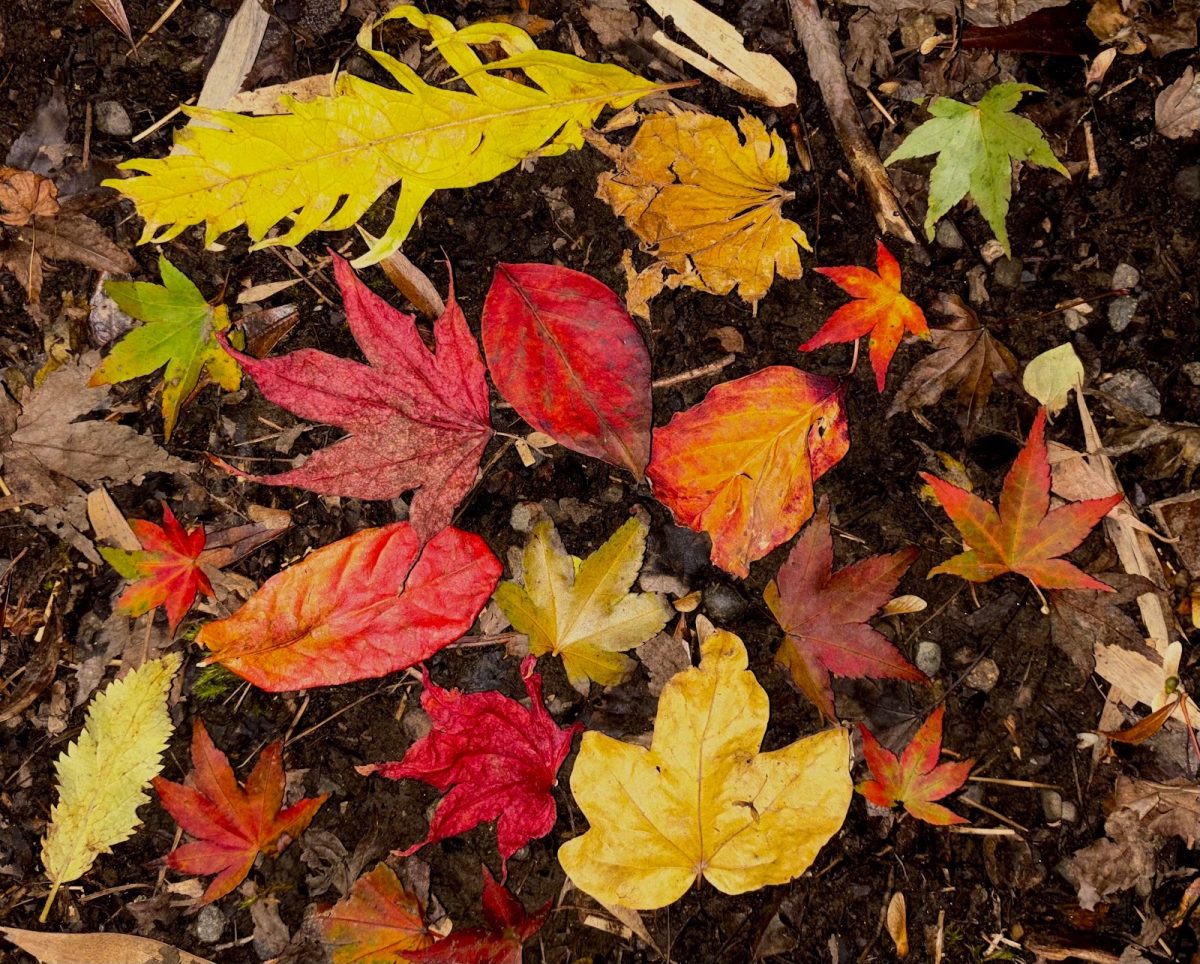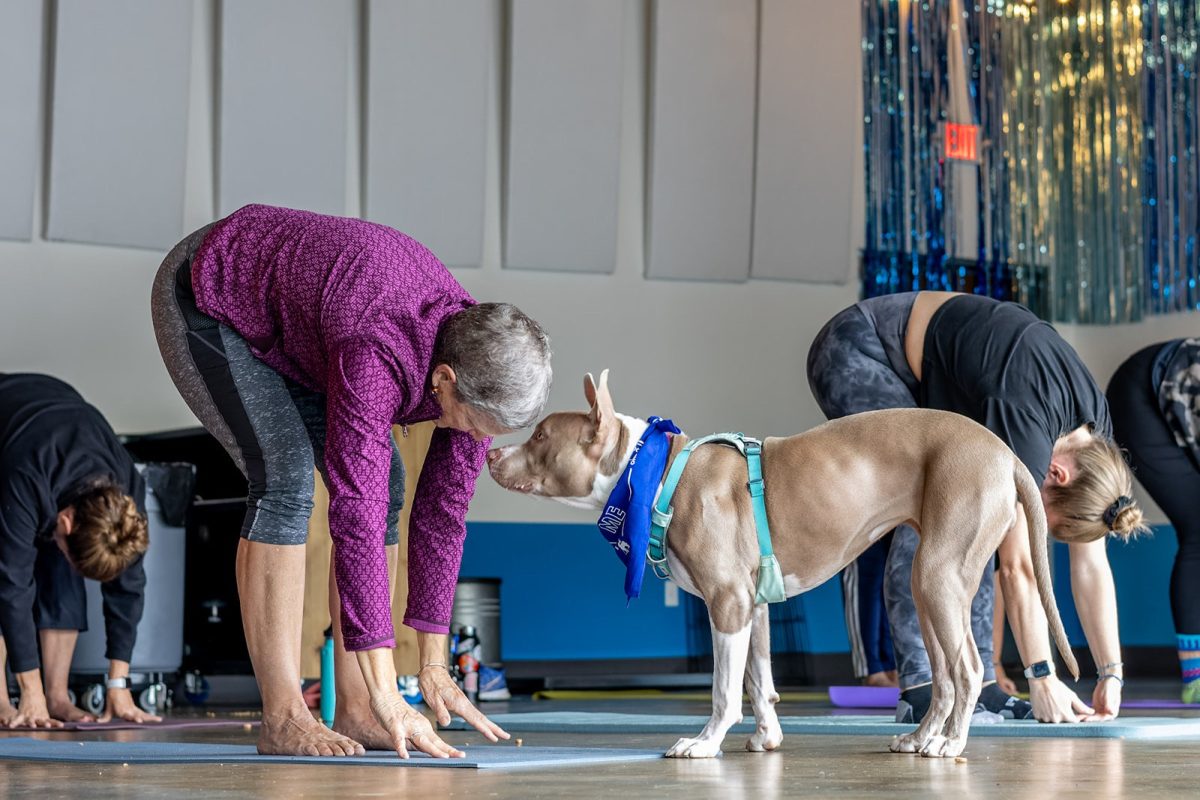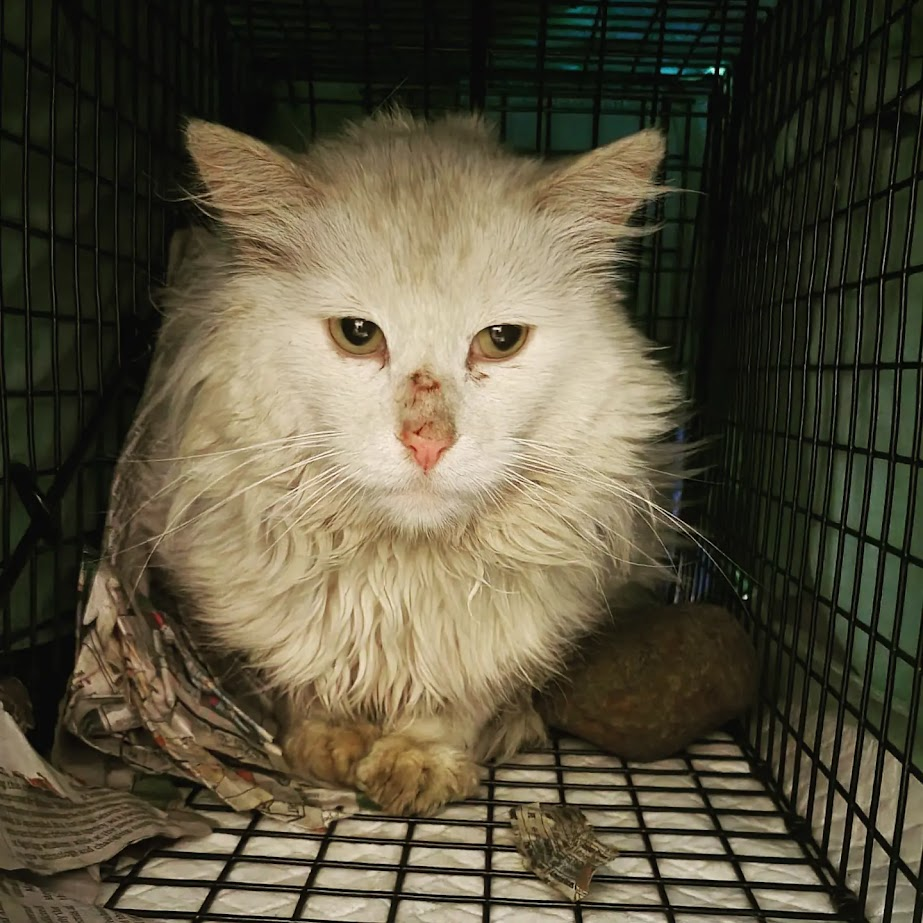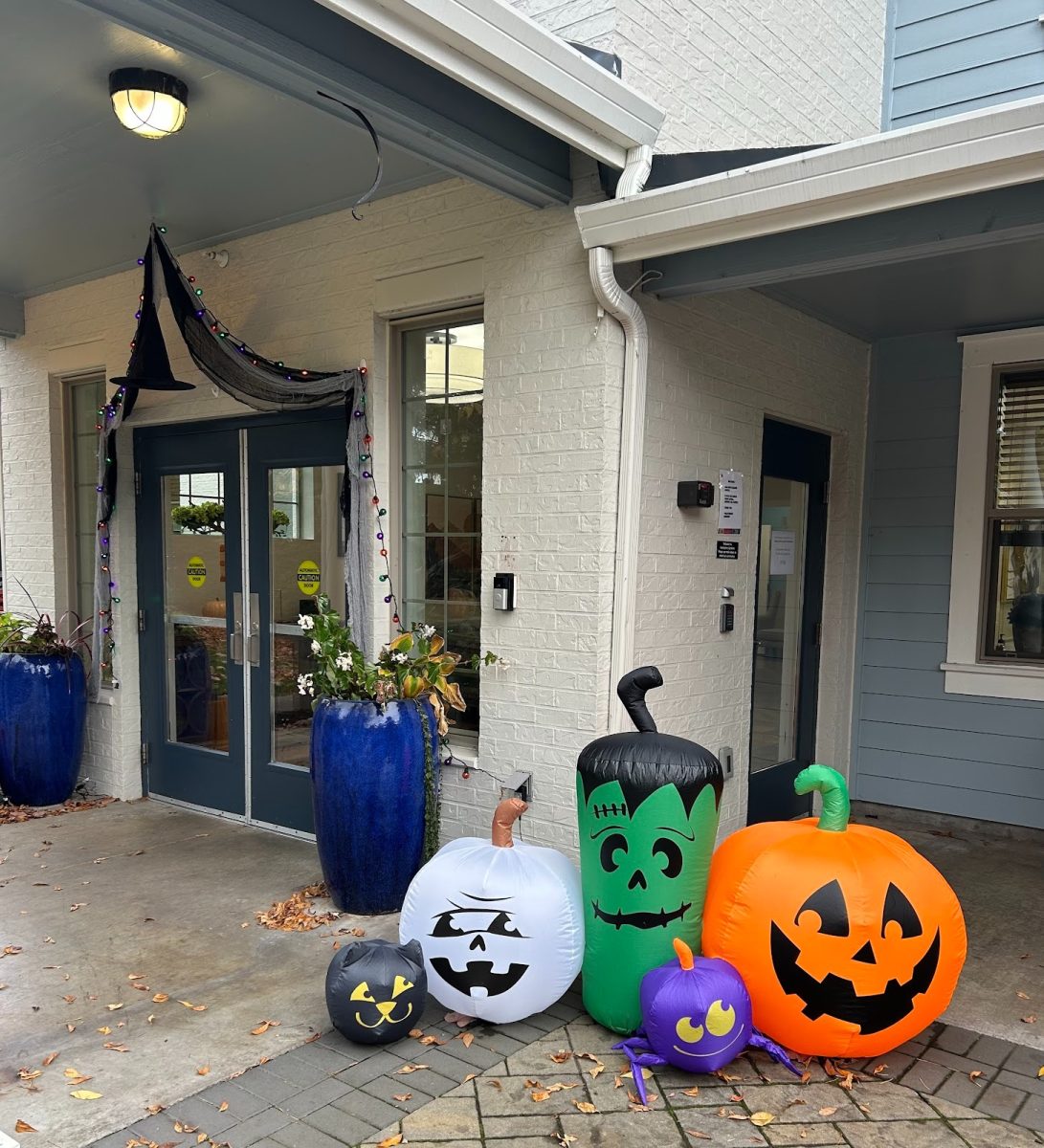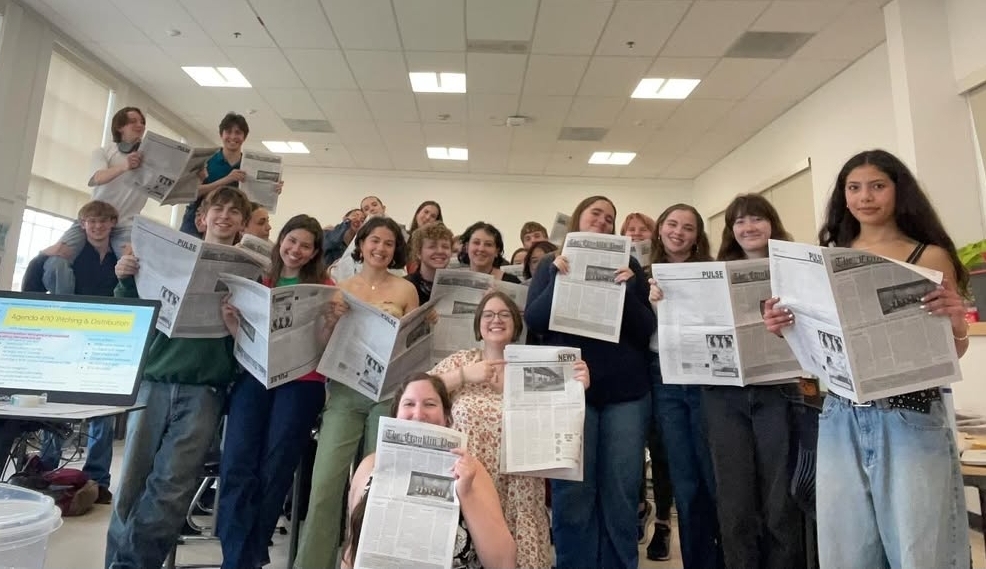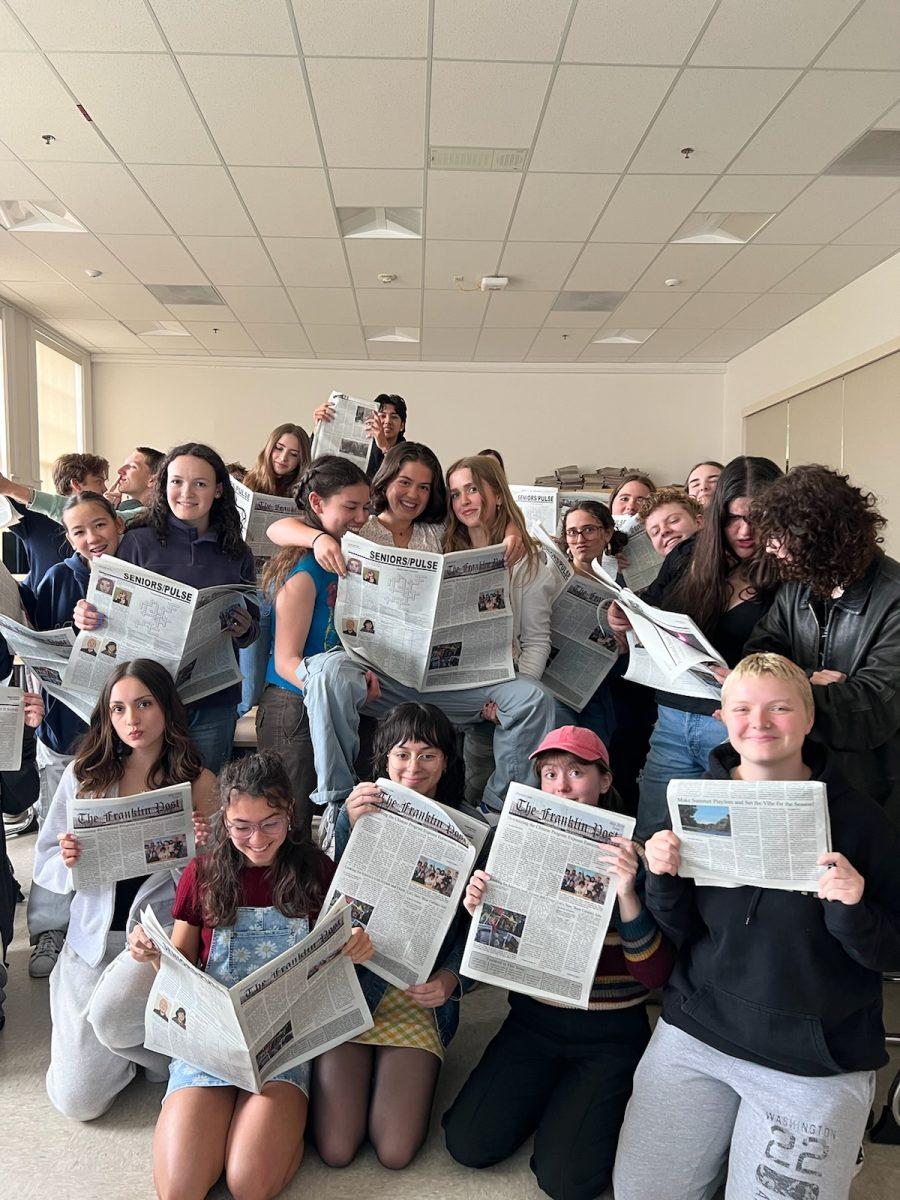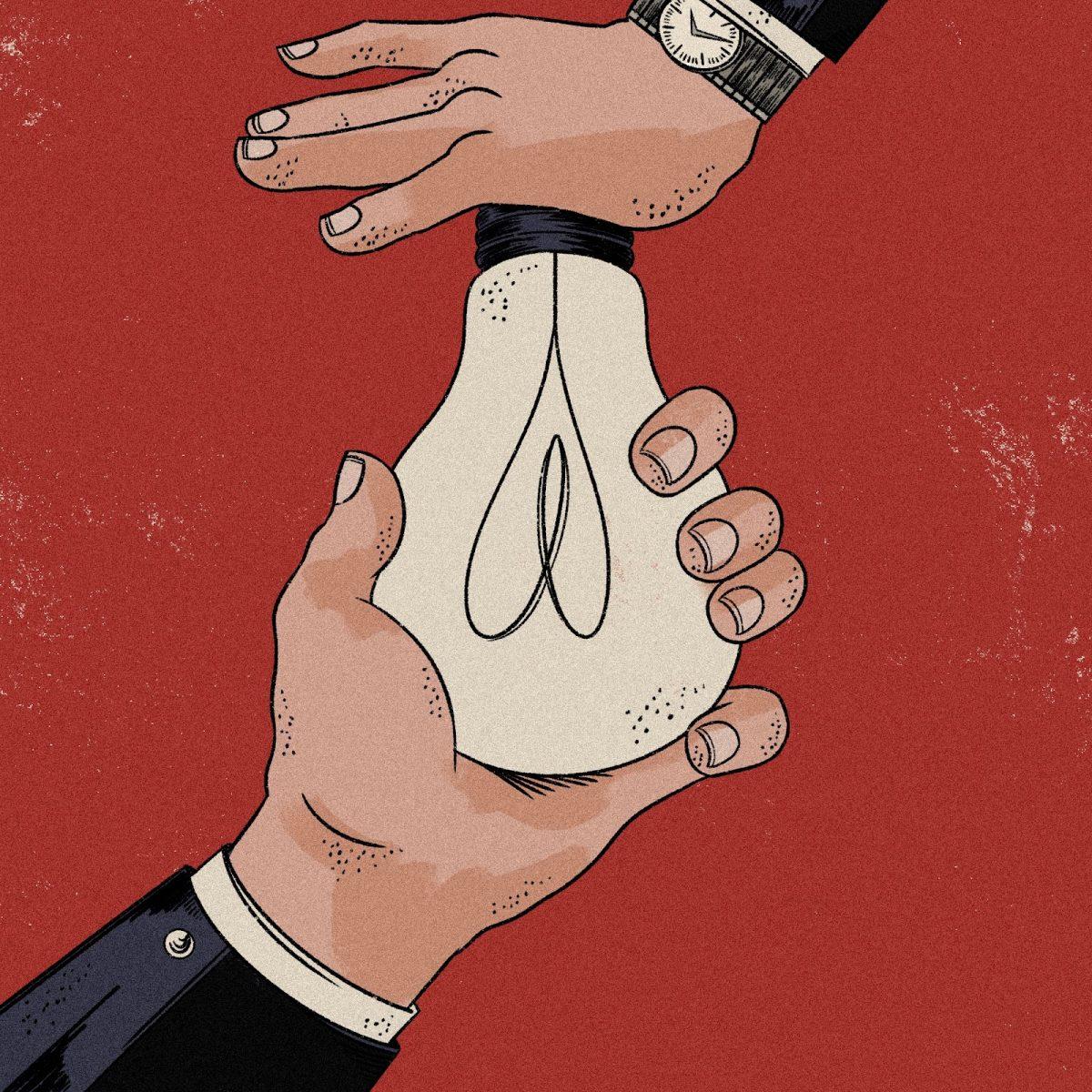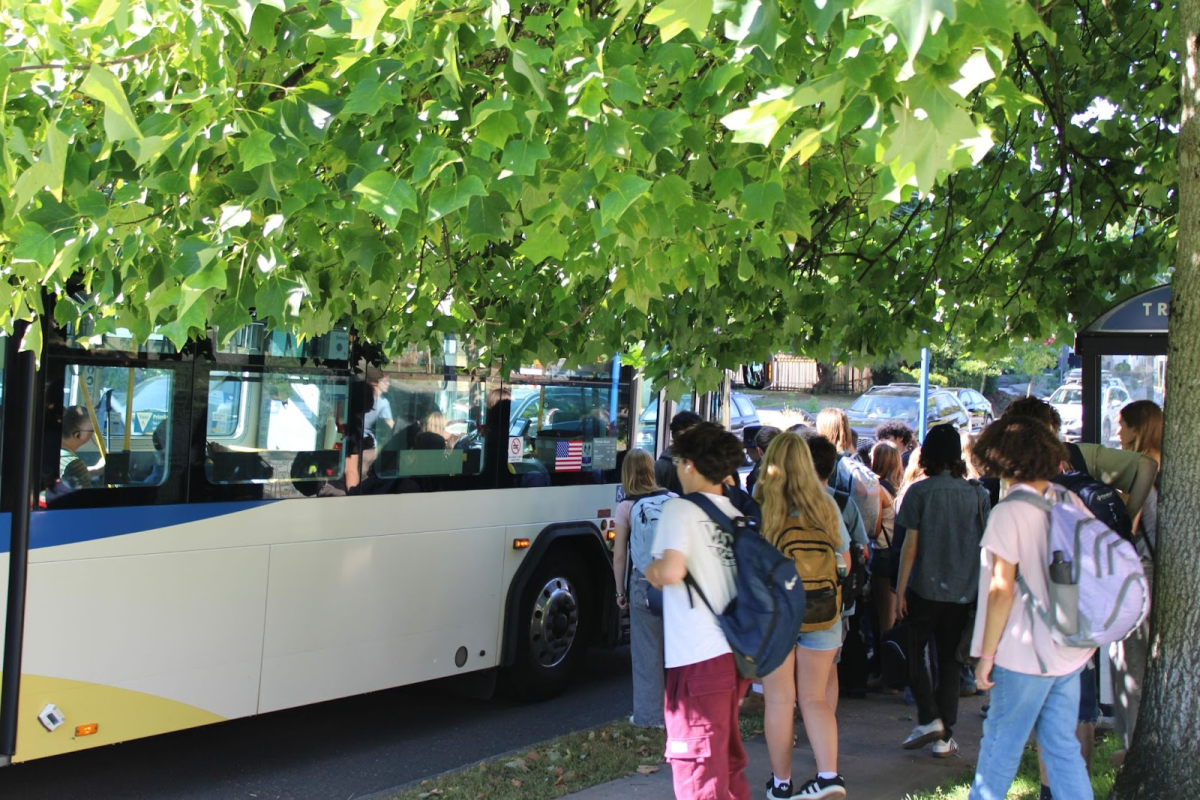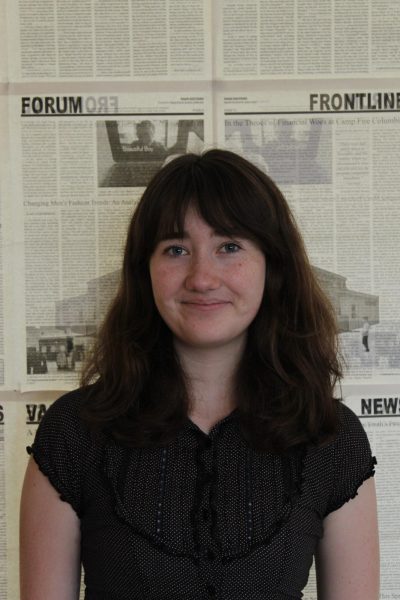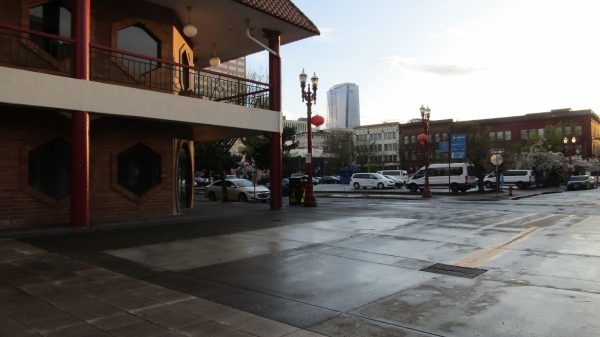
On March 5, 2025, two statues were removed from Northwest Davis Street and Northwest 3rd Avenue in Portland’s Old Town. The statues, which stood for almost 20 years, had provoked controversy among Old Town’s Chinese community. The removal of the statues is welcomed in the neighborhood, as the statues caused strife for both cultural insensitivity and as sites of heightened drug activity in the neighborhood. The removal of these two statues will be followed by six others in Old Town.
Made of concrete and stainless steel, the abstract statue symbolized an upside-down dragon with a steel ring around its neck. “[The community] couldn’t believe such a statue could be placed right inside Chinatown,” says Oregon Chinese Coalition President Hongcheng Zhao. The statues were felt to be symbols of bad luck — Jessie Burke, the chair of the Old Town Community Association (OTCA), says this sentiment was emphasized when House of Louie, a restaurant on Northwest Davis near the statues, went out of business. “No one … thinks [the statues are] paying homage to anything,” says Burke. In a statement to the Post, the Regional Arts & Culture Council (RACC), which commissioned the artworks, said the “statues were designed to celebrate Portland’s cultural diversity and honor the history of Old Town.” The statement from the RACC explained that the organization “aims to curate inclusive and equitable art that creates understanding, respect, and pride for the communities we serve.”
The statues used to include dragons’ heads emerging from the bottom of the sculpture. Oregon Live reports that the artist, Brian Goldbloom, removed that element in 2007, but the sculpture remained offensive to the Chinese community. The design still included utensils strewn on the base, which Zhao describes as being “extremely bad luck.” He says the inclusion of the utensils implied that “the main job for Chinese Americans [is only in restaurant work].”
The statues were installed in 2006 in the Chinatown area. Though they were meant to recognize the history of Portland’s Chinese community, Zhao says that “right away people got upset.” In 2008, Goldbloom told the Oregonian, “That piece was made to acknowledge in a respectful way the Chinese community and what they did down there.” For years, many in the community felt that trying to remove the statues was “too hard,” explains Burke. Two years ago, board members of the OTCA started the official deaccession process. Burke clarifies that Portland City Council eventually signed off on the removal, and the process is now being managed by the OTCA. Goldbloom could not be contacted for comment.
Not only did residents and business owners in Chinatown find the statues culturally insensitive, but they also became sites of drug use that were disruptive to the community, causing the statues to eventually be fenced off. Zhao says people would sit at the base of the statues to “use drugs openly.” The palm trees in the installation were “frequently lit on fire,” says Burke. As the statues became increasingly burdensome to the community — their planters “filled with rats,” as Burke notes — only reinforcing the negative feelings in the neighborhood.
“Nobody asked [the people in Chinatown] for their input, and so [the City] simply put them up,” says Zhao, who says the community felt like they “just had to accept it.” In the same timeframe as the installation of the statues, the City began to move social service agencies into the neighborhood. “The whole dynamics of Chinatown have changed,” explains Zhao. “The Chinese [community] learned they don’t have any voice in the system. [That] they don’t have any influence in politics.”
Many residents began to move away from Chinatown. Burke explains, “All of these things combined have made Old Town feel like a dumping ground for the city’s problems, and a place where even the rest of the city thinks they can come and no rules apply.” Though the statues may not have been the cause of these changes in Chinatown, their installation was symbolic of changes to the community being made against the wishes of its residents. “America is supposed to be a place for everyone, but the way [the statues] landed, it made people feel like they were outsiders … caricatures rather than real people with a history and beliefs and a culture that wanted to contribute to American culture and Portland,” narrates Burke.
Zhao feels the removal “absolutely” marks an improvement in the neighborhood. “Even if it’s a symbolic change, at least something is happening there,” he says. He hopes the future of Chinatown is one in which the city and the community can collaborate toward solutions. He thinks more positive change will come from everybody “putting aside [their] own agenda for the best interests of the neighborhood, for the best interests of the people on the streets, and the best interests of the city.”
“I think it’s important for people to know what an incredible community has been fighting for merely a clean and safe neighborhood for decades,” Burke explains. “And we continue to be ignored or attacked for raising the alarm bells.”
